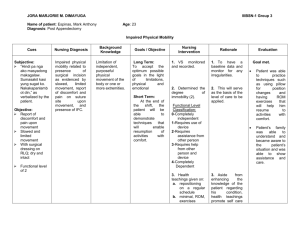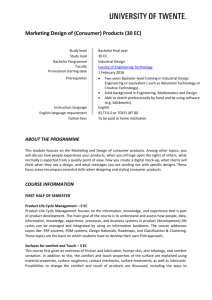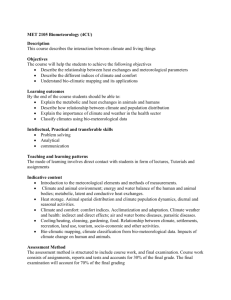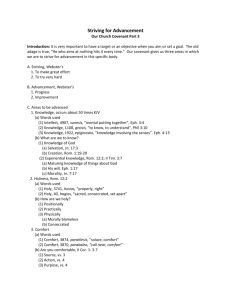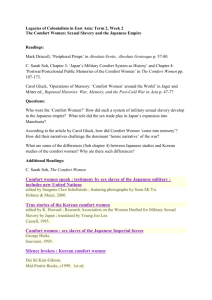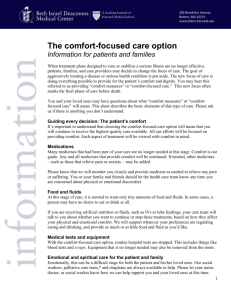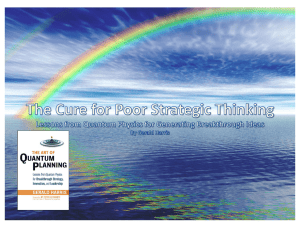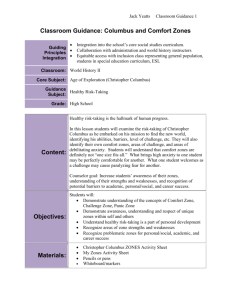Guidelines for Participation
advertisement
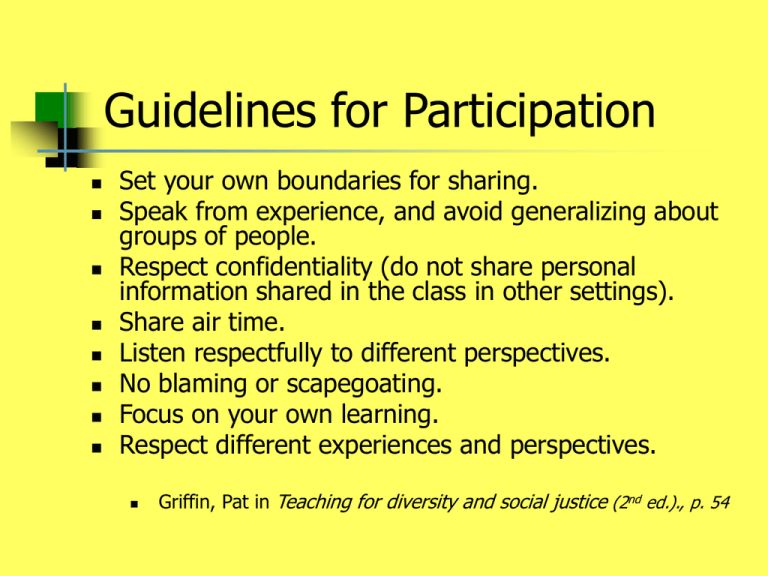
Guidelines for Participation Set your own boundaries for sharing. Speak from experience, and avoid generalizing about groups of people. Respect confidentiality (do not share personal information shared in the class in other settings). Share air time. Listen respectfully to different perspectives. No blaming or scapegoating. Focus on your own learning. Respect different experiences and perspectives. Griffin, Pat in Teaching for diversity and social justice (2nd ed.)., p. 54 Comfort Zones Comfort zones—different comfort levels for different activities and topics Inside comfort zone, we may not be challenged and learn anything new. May withdraw or resist new info. One goal of these seminars is to recognize when we are on the edge of our comfort zones. Module from Teaching for Diversity and Social Justice Learning Edge When we are on the edge of our comfort zone, we are often in the best place to expand our understanding, take a new perspective, and stretch our awareness. Pay attention to internal reactions to class activities and to other people in class to recognize when we are on a learning edge. It can be signaled by feelings of annoyance, anger, anxiety, surprise, confusion, and defensiveness. These of signs that we are being challenged. If we retreat to our comfort zones, by dismissing what we encounter that does not agree with our way of seeing the world, we may lose an opportunity to expand understanding. Challenge is to stay on learning edge and experience discomfort to see what we can learn. **Enjoy the learning curve! Retain or reclaim the joy of teaching! Learning Edge Activity Take 2 min. to share with a partner a time you can remember being on a learning edge with new information or skill. For example, learning to ride a bike at 14 or Ph.D. in Educational Research. What internal cues will alert you that you are on a learning edge in this course? Triggers Words or phrases that stimulate an emotional response because they tap into anger or pain about repressed issues. “Trigger” connotes instantaneous responses to stimuli without accompanying conscious thought. Examples of Triggers (Why do you think these are triggers?) I don’t see differences; people are people to me. What do you people really want anyway? I think that men are just biologically more adapted to leadership roles than women. I feel so sorry for people with disabilities. It’s such a tragedy. If everyone just worked hard, they could achieve. Homeless people prefer their lives. I think people of color are blowing things way out of proportion. If women wear tight clothes, they are asking for it. Examples of Triggers for Me Black people do or don’t …. Black parents don’t care about their children. Black parents should just be more involved in their children’s lives. I am African American and my children did well in school. Teachers have to teach all children. Your Examples?? A process for naming triggers and learning edges in ways that encourage open and respectful dialogue Participants who are triggered to should explain why. Invite participants who triggered someone else to listen and try to understand what was upsetting about the comment. Ask them to listen rather than defend their comment. View the discussion as food for thought rather than attempts to change individuals’ views on the spot. (No one can focus effective attention on personal learning when they feel defensive or chastised). Don’t worry about “making a mistake.” View triggers as learning opportunities for everyone.
